
How Our Fair Trade Model Is Breaking the Cycle of Poverty
These days, it seems like you see ‘fair trade’ everywhere. A steadily growing number of fair trade products are making their way onto the shelves of mainstream retail stores. Fair trade certification labels are on everything from coffee to couches and choosing to buy ethical goods seems to be getting easier. The ubiquity of fair trade is evidence of a growing culture of conscientious consumers, people who shop with intention, concerned with who made their product and how it was produced.
But, the associated increase in market value does not necessarily mean more dollars, less risk, or less poverty for the artisans.
With growth and competition comes enormous pressure on craftspeople to keep up with conventional retail trends, the expectation they’ll produce products faster and cheaper. This puts entire communities at risk for exploitation, is devastating to the environment, and accounts for cultural appropriation and loss of treasured craft traditions. These results are a departure from the basic tenets of fair trade which promote sustainability, empowerment, and human rights.
Traditional fair trade, particularly for handcrafted goods, was designed to fight poverty through commerce and long-term partnerships.
It was founded on the bold belief that when marginalized populations have reliable income, work, and a place to sell their goods, they thrive. They put food on the table, provide education for their children, save for the future, and enrich their communities.
Ten Thousand Villages pioneered the fair trade movement, and we live the fair trade principles we helped to author.
We ensure artisan partners’ business models are built on sustainability, that standards for safe working environments are met, and the income provided meets or exceeds cost of living. We establish that all of these things are met before we even shake hands on a price.
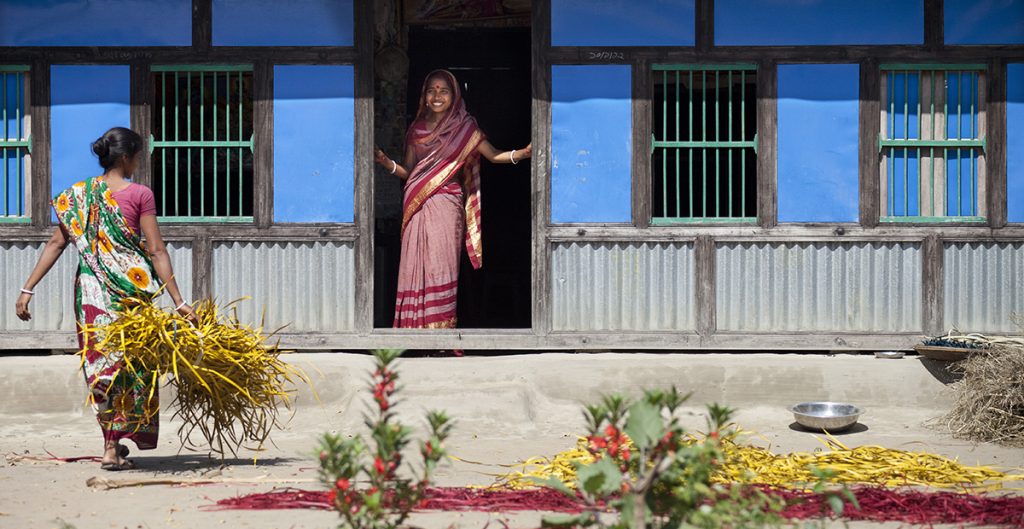
With more than 75 years of experience, we’ve seen first-hand how our fair trade model empowers artisans, continues to break the cycle of poverty, and ignites social change across the planet.
Here’s how we do business differently:
Transparent Price Agreement: Our fair trade model starts with collaboration. Our partners present us with a product sample and together we refine the details and home in on a final design that we think customers will like. The artisans determine a fair price that covers their production costs, operational needs, and fair, living wages for makers. We ensure their business model is built on sustainability, standards for safe working environments are met, and the income provided meets or exceeds cost of living.
50% Paid Upfront: We pay for half of an order immediately after we place it. By receiving an interest-free microfinance investment in their enterprise, artisans have the capital needed to purchase raw materials and to manage production costs. The interest-free, upfront financing is crucial for artisans who may not have access to financing options or whose options are exploitative and perpetuate a poverty position.
Production: After artisans receive advanced financing, they source raw materials and begin production, sewing, carving, weaving, and painting. Our partnership with artisans, built on trust and transparency over time, allows us to know their workplaces are safe, and that their business practices are ethical and eco-friendly.
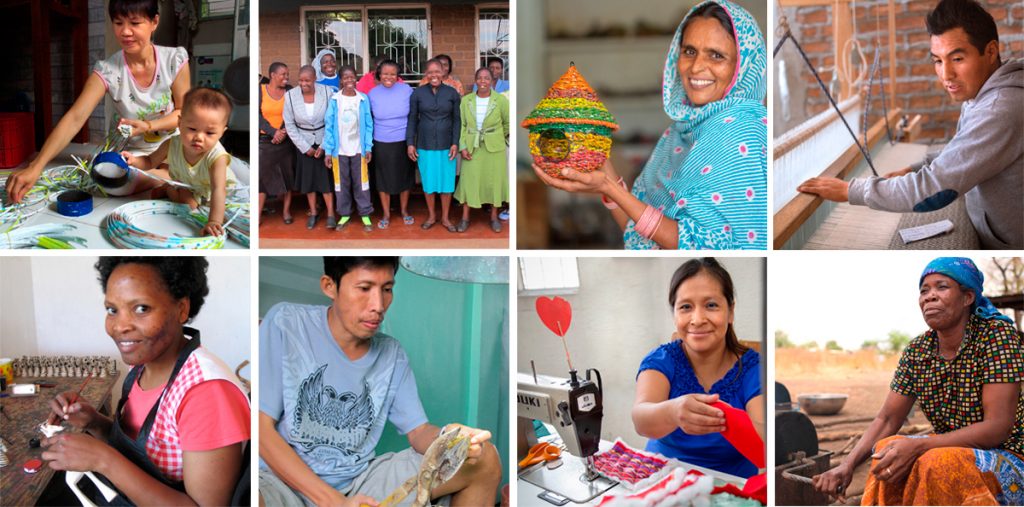
Final Payment: When the products are packed up and ready to ship to America, we pay the final 50% of the agreed price. This may sound like business as usual, but it’s actually quite unconventional.
By completing the financial transaction before items are exported, we take on all the risk.
If products are lost at sea, trends change, tariffs rise, or the market becomes flooded with knock-offs, the artisans will not be burdened with loss. They’ve already been paid in full.
Maintaining A Maker-To-Market Space: Our mission is to create opportunities for artisans in developing countries to earn a fair and steady income, and we couldn’t do that without a space to bring their stories and products to you.
Maintaining a US market for handcrafted goods is the core of our commitment to artisan communities that are traditionally excluded from, or exploited by, the global economy. It’s the reason why we work so closely with artisans to collaborate on designs that will appeal to American customers, and it’s the inspiration for a steadfast dedication to our customers and our staff in a network of brick and mortar stores.
Reinvestment: What happens after you find your new favorite fair trade treasure and take it home or make a donation to Ten Thousand Villages? The revenue is reinvested into our mission and the future work of our partners. This ethical investment cycle empowers artisans to expand their business, provide for their families, and strengthen their communities.

The proof is in the impact: How do we know that this ethical investment cycle works? Because our average fair trade relationship with artisan groups is twenty years. That’s long enough for us to see workshops thrive and hire more artisans, some of whom are empowered to start their own businesses.
We have the honor of watching children grow up healthy and strong, and seeing communities build clinics and schools.
With each product sold and donation received, we expand our ability to deepen our artisan relationships, explore new partnerships, and continue our work to break the cycle of poverty.
Are you ready to join the maker-to-market movement and ignite social change?





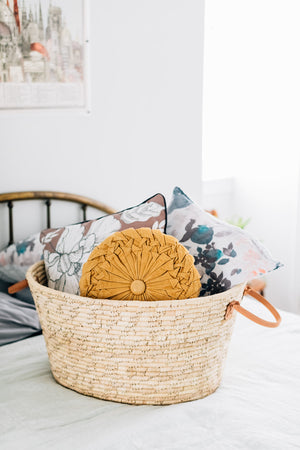

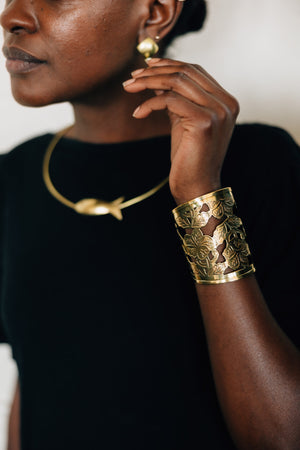
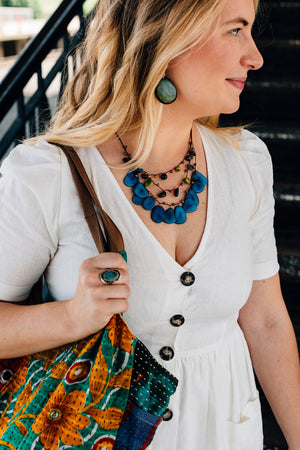
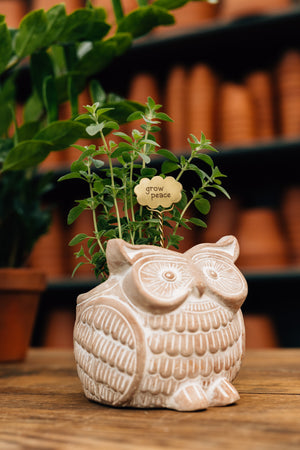

Leave a comment